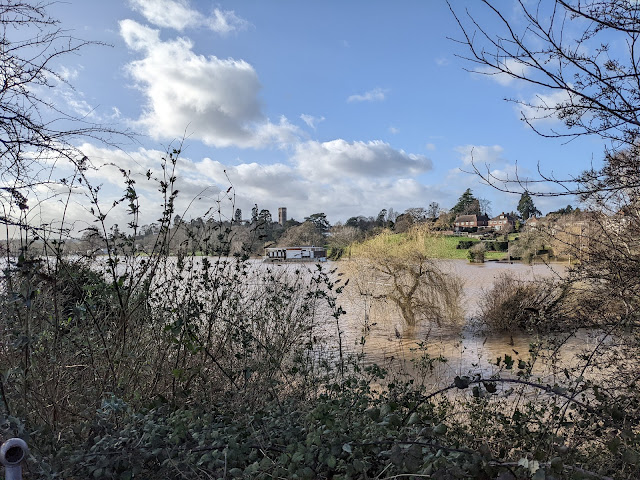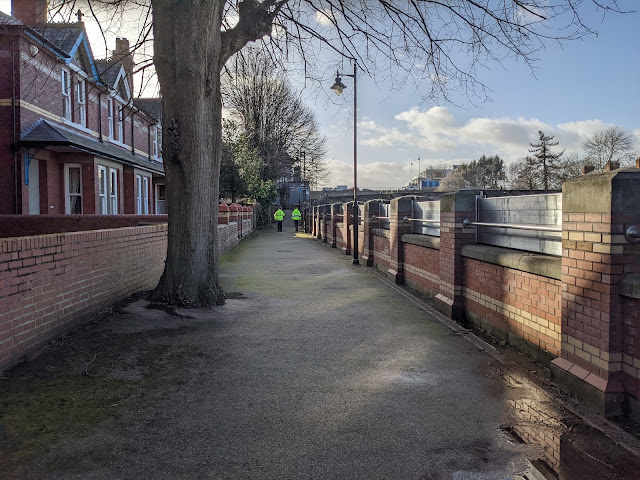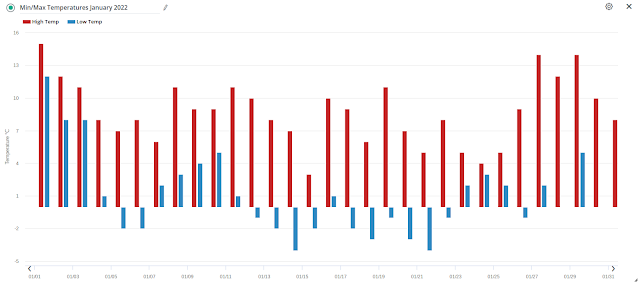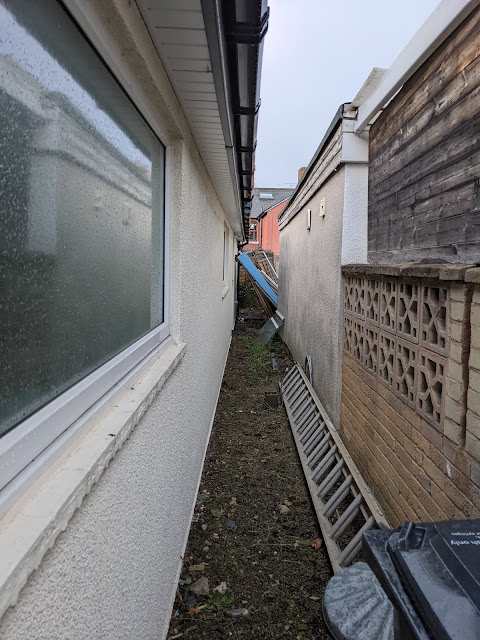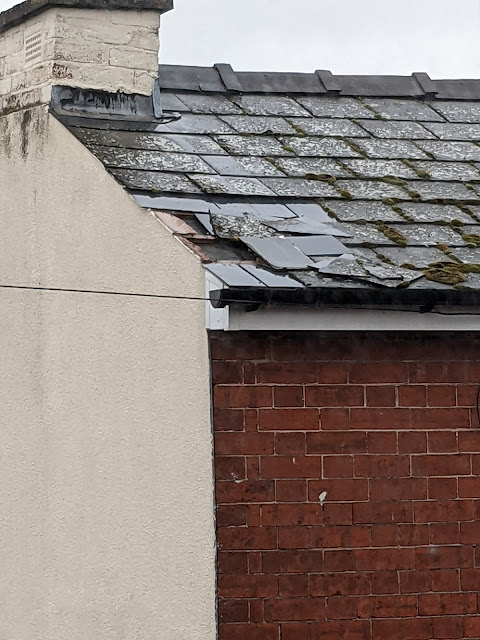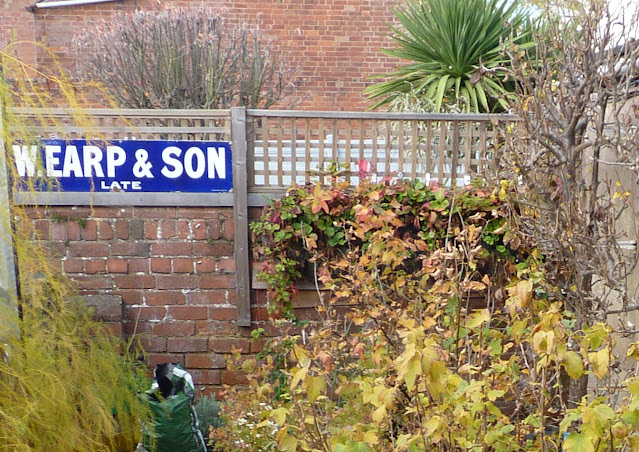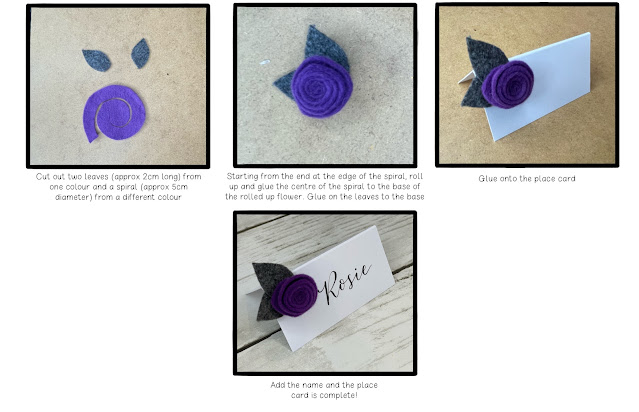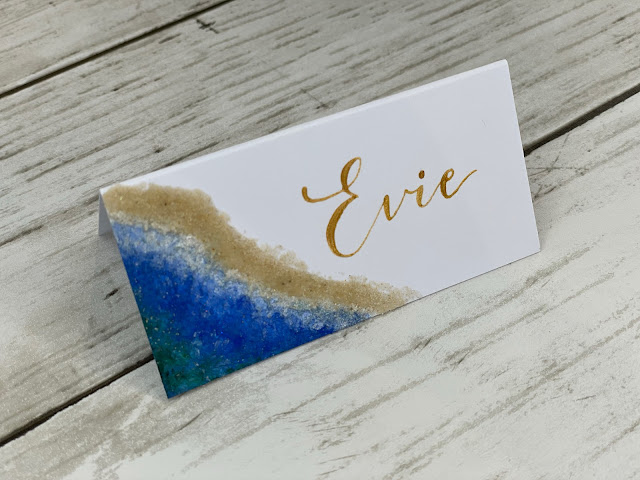Phenology is the study of cyclic/seasonal phenomena in the natural world; e.g. the emergence of leaves, buds, flowers & fruits in plants, the first cuckoo call of Spring and the appearance of frogspawn in the garden pond. Variations in the timings of these natural events are used as proxies for changes in climate and habitat.
It has become abundantly clear to naturalists and, indeed, anyone who spends a significant amount of time outdoors (farmers, gardeners, anglers, ramblers, etc), that Spring now arrives earlier and Autumn finishes later than it did even 30 years ago (the generally-accepted time period for detecting climatic change).
So this item on the BBC website, UK plants are now flowering a month earlier due to Climate Change, caught my eye. The BBC is generally better at reporting science than, say, the Daily Mail but I will always revert to the primary source, if it is readily available, to check whether the science journalist has correctly reported the scientific findings. Fortunately, the scientific paper on which the BBC based its story is free and available here. So I downloaded a copy and read it.
[tl:dr the BBC report accurately reflects the scientific paper]
The paper is titled 'Plants in the UK flower a month earlier under recent warming' and is published in the Proceedings of the Royal Society B (Buntgen U et al, Proc. R. Soc. B 289), a peer-reviewed journal.
The authors analysed nearly 420,000 observations, taken between 1753 and 2019, of the First Flowering Date (FFD) of 406 UK plant species. The geographical spread of the observations was impressive from the Channel Islands in the south to the Shetland Islands in the north and from Northern Ireland in the West to Suffolk in the east. Herbaceous plants (54%) made up the largest group followed by trees (33%).
The most robust data (i.e. most observations) are from 1952 to 2019 that can be divided into two 34-year periods for comparison: 1952-1985 (< 1986) and 1986-2019 (>1987).
There were sufficient data points to enable the authors to differentiate FFD between 'north' and 'south' (above or below Manchester), 'rural' and 'urban' and 'high' and 'low' (above or below 82 m elevation). There is a lot of information in this paper which can be distilled into a few key points. As you would expect from any good scientific study, the authors discuss deficiencies in the data set and differentiate between facts and opinion. In summary:
- FFD for herbaceous plants is, on average, 32 days earlier for the current period (1987-2019) compared with the earlier period (1952-1986)
- FFD for trees is, on average, 14 days earlier for the current period (1987-2019) compared with the earlier period (1952-1986)
- FFD for the 'north' is, on average, 29 days earlier for the current period (1987-2019) compared with the earlier period (1952-1986)
- FFD for the 'south' is, on average, 25 days earlier for the current period (1987-2019) compared with the earlier period (1952-1986)
- FFD is, on average, only 5 days later in the 'north' compared to the 'south' in the current period (1987-2019) but used to be 9 days later in the earlier period (1952-1986)
- FFD for 'urban' areas is, on average, 25 days earlier for the current period (1987-2019) compared with the earlier period (1952-1986)
- FFD for 'rural' areas is, on average, 27 days earlier for the current period (1987-2019) compared with the earlier period (1952-1986)
- FFD is, on average, 2 days later in 'rural' areas compared to 'urban' areas for the current period (1987-2019) but used to be 4 days later in the earlier period (1952-1986)
The authors propose a hypothesis to explain the evidence (observations/measurements) by first considering which factors might affect FFD? Global warming is an obvious one but we would also want to consider photoperiodism (daylight length), fewer/less severe frosts, changes in precipitation, wind speed, pollinating insects, urban sprawl, etc. An educated guess would be that if late winter/early spring temperatures were warm, these would encourage early flowering [NB: mean FFD were mid-April to mid-May]. The authors found statistically-significant correlations between FFD and the January - April maximum temperatures; February mean, maximum and minimum temperatures were more significant than those of January, March and April.
In
plot (a) below, taken from the
Buntgen et al paper, mean FFD are plotted as a time series. Around the mid-1980s, there was a change in the Winter Index of the
North Atlantic Oscillation (NAO) from negative to positive mode which coincided with the FFDs becoming earlier and earlier. In
plot (b), mean January-April maximum temperatures for the British Isles (orange) skillfully model the changes in FFDs. This forms the basis of the authors' hypothesis: over the last 30-35 years, the increasing winter/spring maximum temperatures arising from a combination of global warming and a positive NAO are causing FFDs to become earlier and earlier. A scientific hypothesis must be
falsifiable; in other words the hypothesis must be testable and have some predictive properties. For example, if the NAO switches back to its negative mode then we would expect the trend to earlier and earlier FFDs to slow down or even reverse if global temperatures stop rising.

FYI: The NAO is a weather phenomenon over the North Atlantic Ocean resulting from variations in the pressure differential between Icelandic low pressure and Azores high pressure regions. A positive NAO means warm wet winters in the UK whereas a negative NAO brings cold dry air. Below is one
example of an NAO index based on December-March pressure data showing the shift from negative to positive NAO, albeit with considerable interannual variability.



